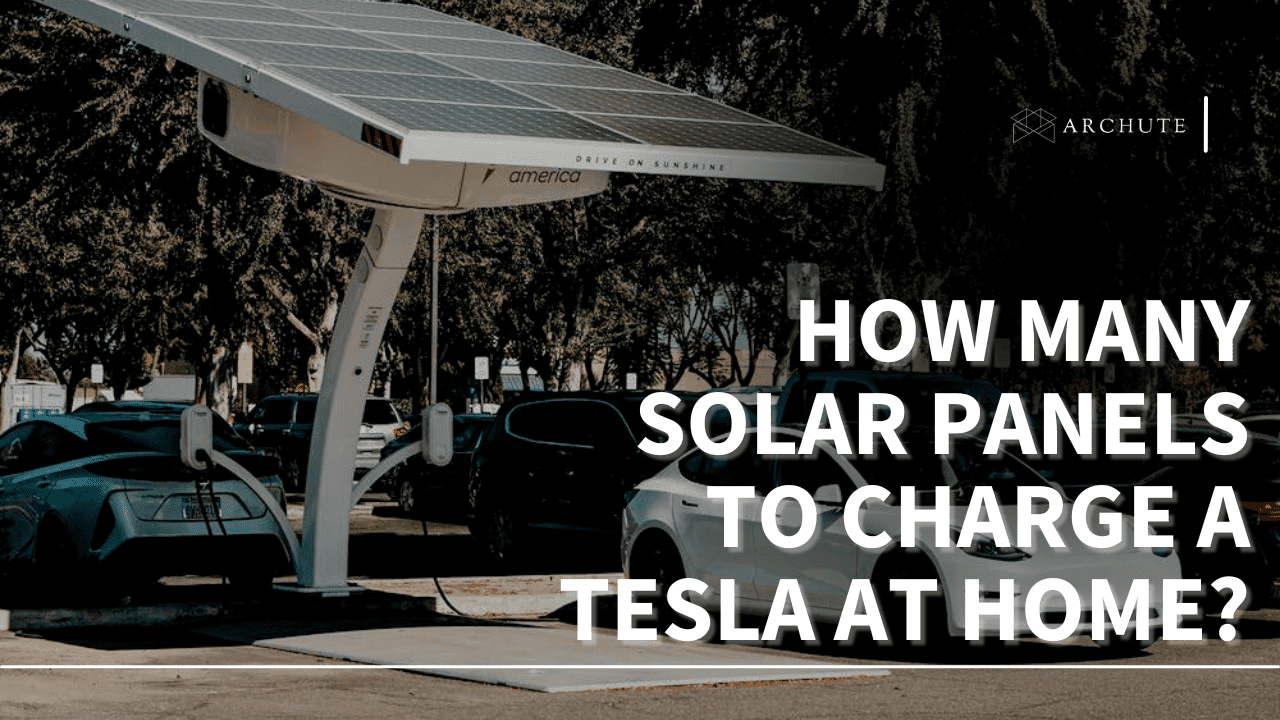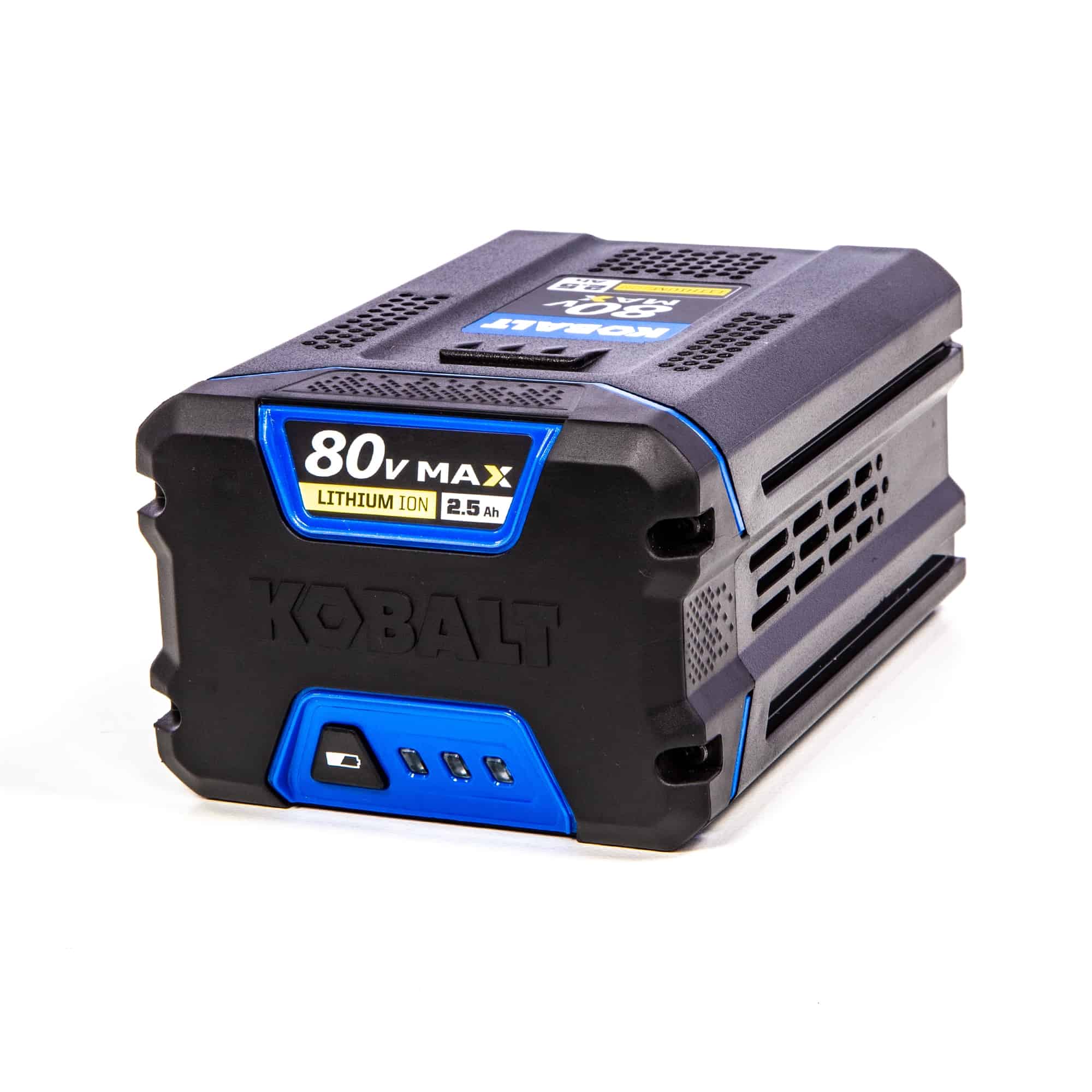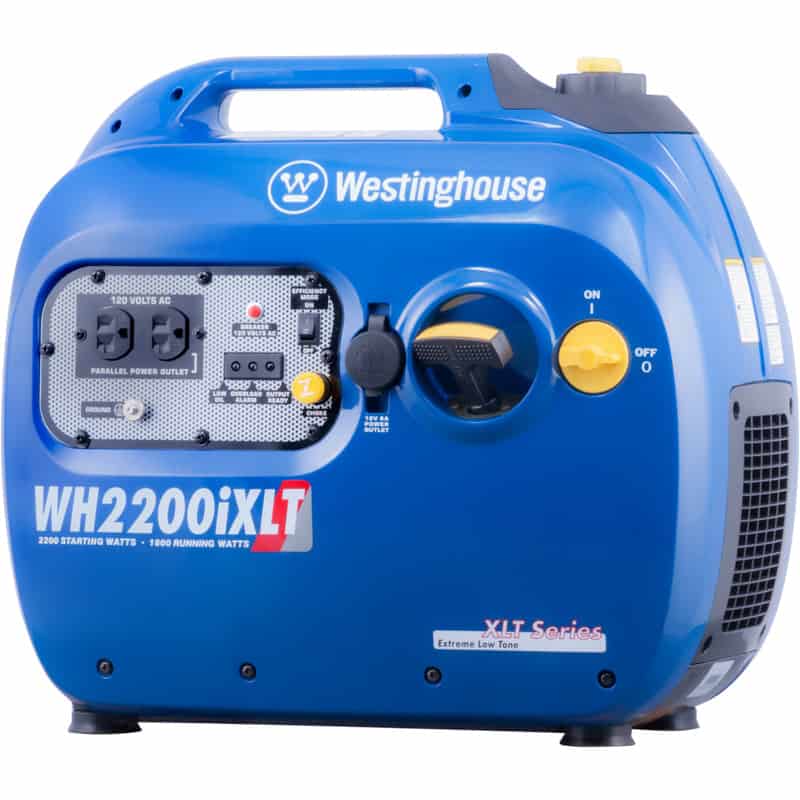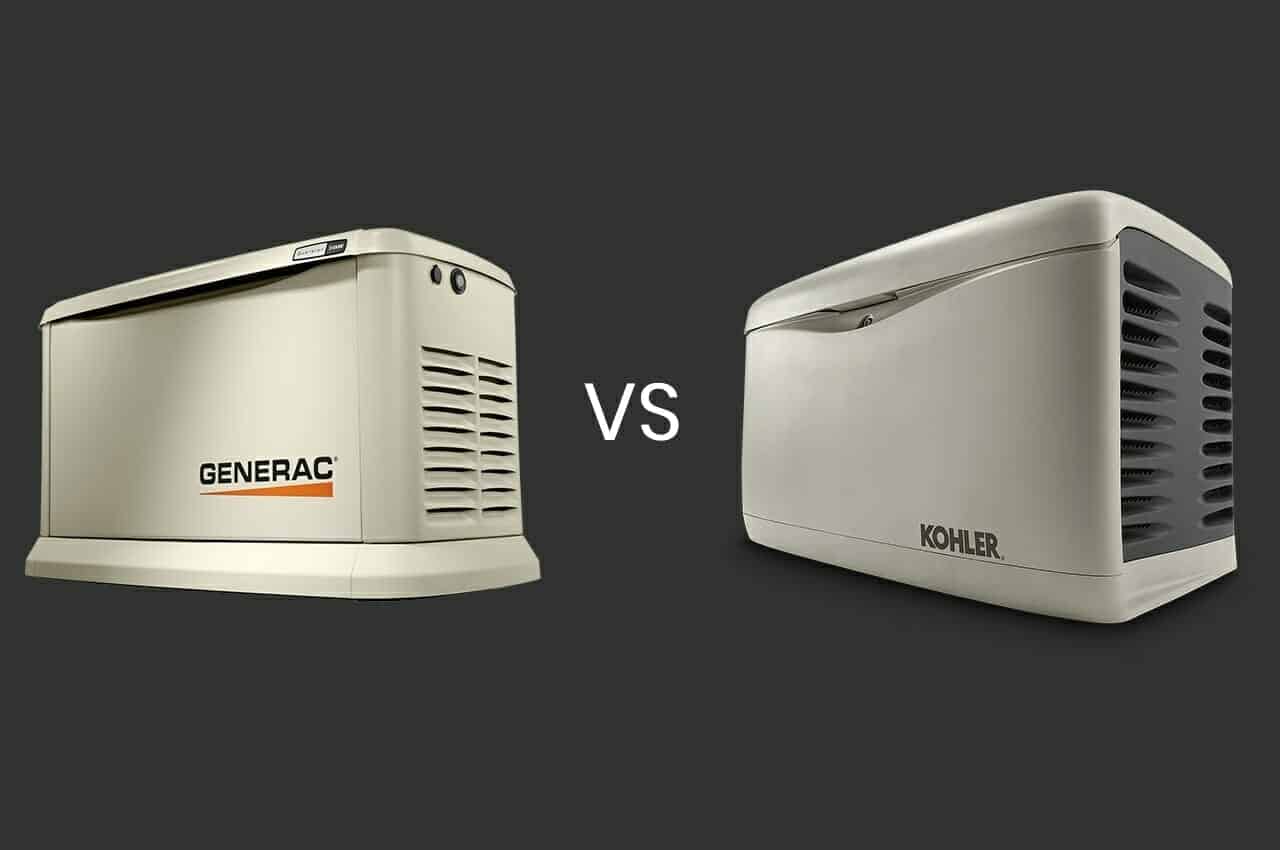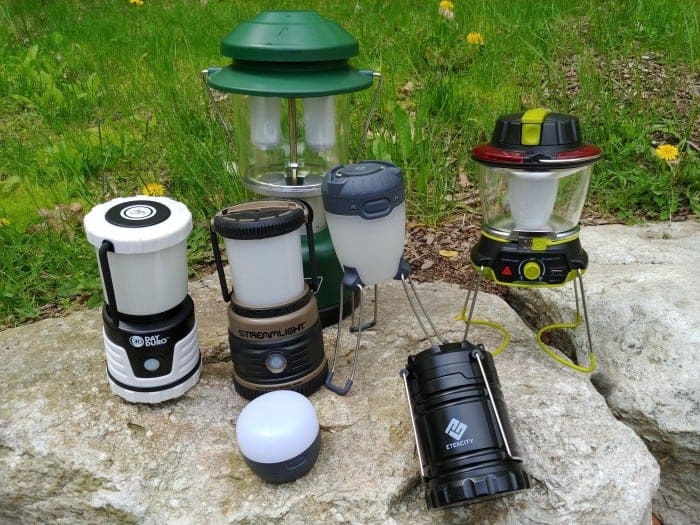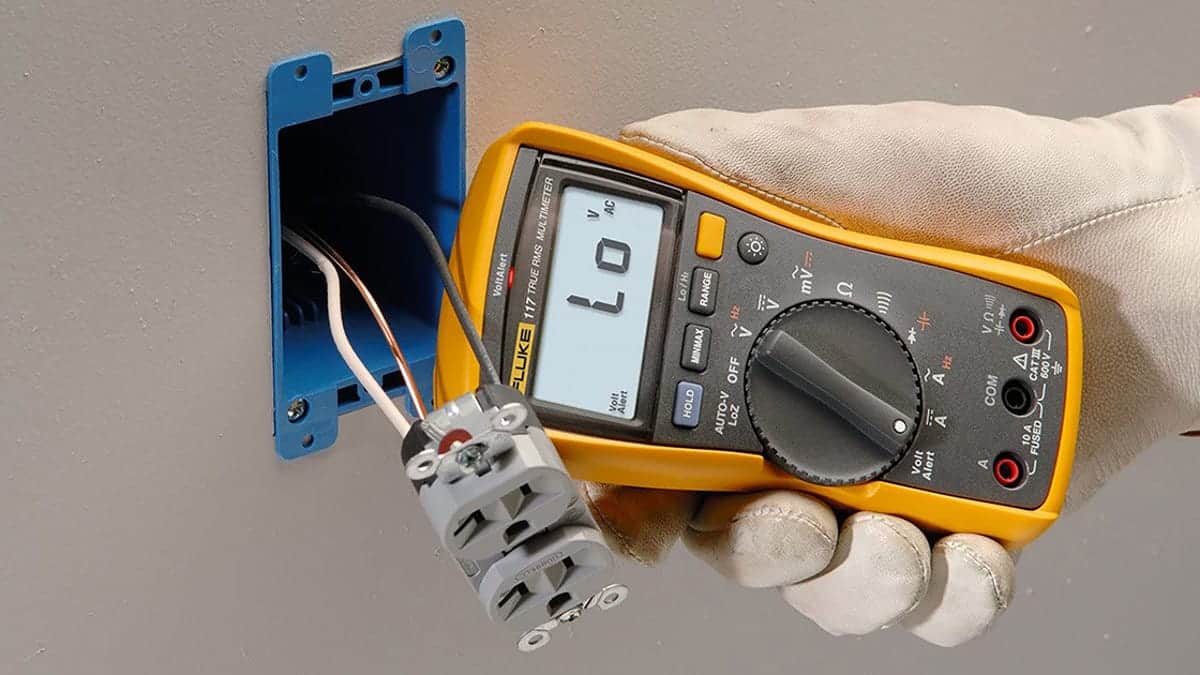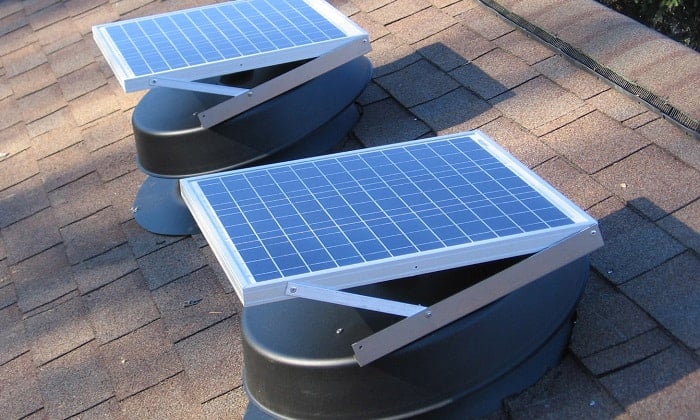If you own a Tesla model, you are already doing your part to combat the unfavorable effects of climate change. But, unfortunately, if caring for the planet is your main goal, you will need to find a cleaner way to recharge the car’s battery. As you know, most US electricity is generated from sources like coal and nuclear energy.
One way to reduce your carbon footprint is by harnessing electricity from renewable sources. So, read on for more about how many solar panels to charge a Tesla if you want to enjoy the benefits of solar energy.
When installing a charging station at home, you will need 8 to 12 solar panels to charge any Tesla. The number of solar panels you should get depends on a few factors, including your Tesla model, your area’s peak sun hours, and your car’s average mileage.
Can You Charge Your Tesla Using Solar Power?
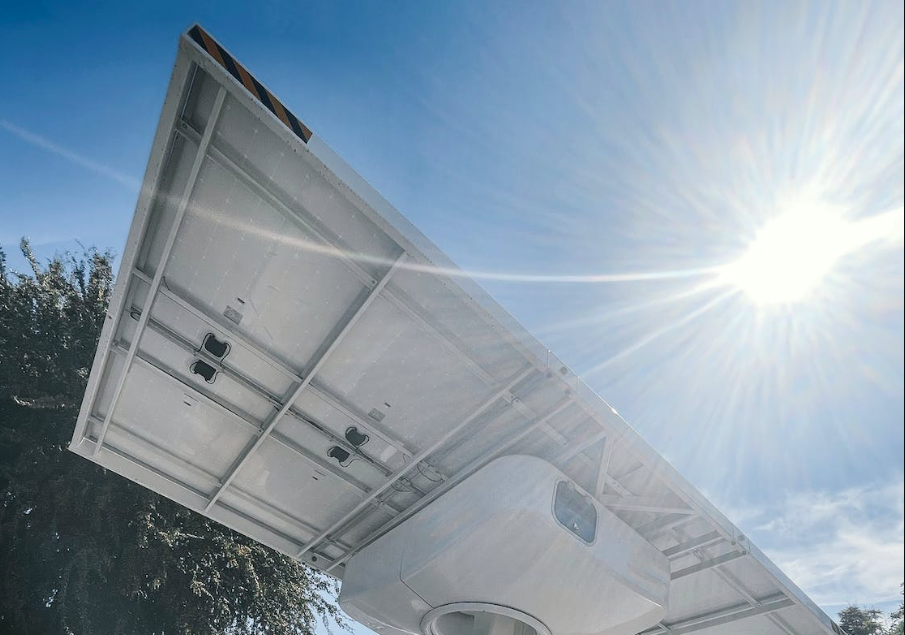
Image Credits: pexels.com
You can charge any Tesla model using solar power. Because Tesla and other electric vehicles come with rechargeable batteries, all you need to find is a powerful source to meet the battery’s needs.
Solar power is renewable energy you get from the sun. To generate solar power for your Tesla car, you will need to find the best solar panels that can harvest enough power from the sun to adequately replace the power discharged from the battery.
When driving an electric car such as a Tesla, the last thing you want is the low battery warning that is always followed by the car shutting down. The scenario is even more unfortunate if you are on the road without a charging station nearby. Thus, it makes the most sense to guarantee a maximum battery level before you leave home, which means installing a charging station.
Are you ready to install the best solar panels for your charging station at home? Here is what you need to know.
What You Should Know About Tesla Batteries

Image Credits: mtvsolar.com
Before calculating the number of solar panels you need, you must understand these few parameters about Tesla batteries.
a) State of Charge
It refers to the upper and lower limit of your battery’s state. For example, most times, a Tesla battery state should be between 20% and 80%, meaning you can discharge it to 20% and recharge it to 80%.
b) Battery Capacity
Different Tesla cars have different battery capacities. These are:
- Tesla Model Y has a battery capacity of 75-81 kWh
- Tesla Model 3 has a battery capacity of 50 kWh to 82 kWh
- Tesla Model X has a battery capacity of 100KWh
- Tesla Model S has a battery capacity of 100KWh
However, as you consider the battery capacity, remember that you will only be able to use about 90% of that capacity. This is the battery’s maximum charging efficiency and indicates the usable battery capacity to expect from your model.
With that in mind, you can expect a total battery capacity of 75KWh to reduce to a usable capacity of 67.5KWh once you start recharging.
c) The Tesla Energy Requirement
The Tesla energy requirement refers to how much electricity you need to recharge your battery successfully. This parameter also depends on the two factors above; the state of charge and the battery capacity.
To understand the Tesla energy requirement, you will need to calculate it as follows:
- Energy requirement (KWh) = State of Charge X Battery Capacity
When calculating the energy requirement, you would also need to factor in the charging efficiency and battery state of charge requirement. With the former, you will need to calculate 90% of the total capacity while you will consider your driving requirements for the state of charge.
Here is a hypothetical example of calculating a Tesla Model X’s energy requirement. Consider the parameters as follows:
- 90% of the rated (100KWh) battery capacity = 90KWh
- State of Charge requirement of 60% (80%-20%)
Thus, the energy needed to charge a Tesla Model X (0.6 X 90 KWh) = 54KWh
What You Should Know About Solar Panels
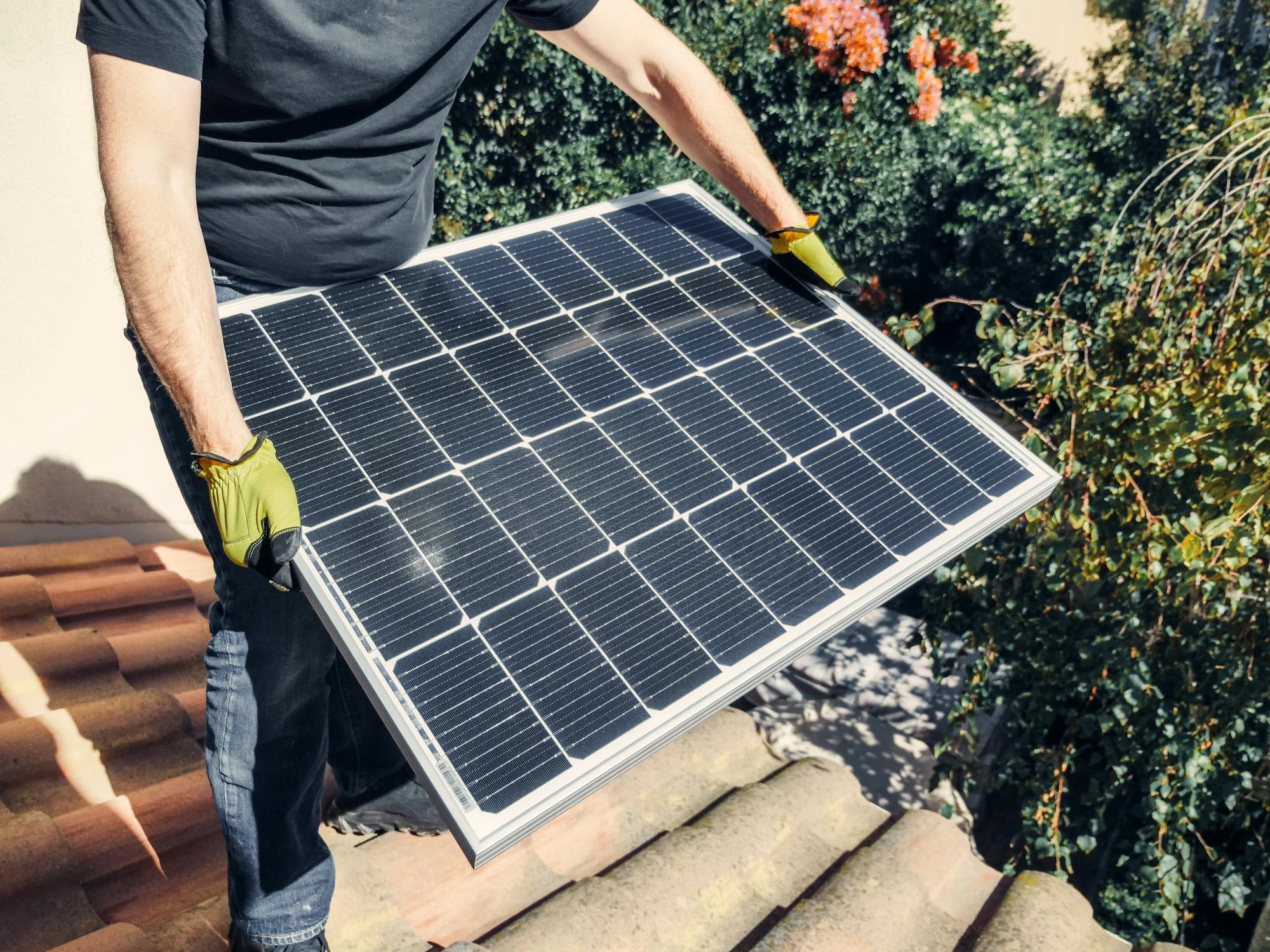
Image Credits: pexels.com
Now that you understand how to calculate your Tesla’s energy requirements let us investigate how many solar panels you will need for your home charging system.
To do so, we need to learn more about solar panels. For instance, they use an electrochemical process to capture and convert the sun’s energy to charge your batteries. Still, not all panels are made the same. So before you settle on a brand, you will need to understand the following:
a) The Solar Panel Rating
This rating is measured in Watts and mostly ranges between 200W and 400W. If we go with the latter, a 400W panel can yield 400 watt-hours if it converts the sun’s energy to electricity for one hour.
b) Solar Panel Efficiency
This refers to how well a solar panel can convert the sun’s rays into electricity. It can be affected by two factors; inherent inefficiencies and environmental inefficiencies.
Inherent inefficiencies are caused by the laws of thermodynamics, which limit the panel’s efficiency. Though you may not notice this when panels are in operation, most solar panels can only convert less than 25% of the sun’s energy into electricity.
Environmental factors also affect how well a solar panel works. These are factors like dust, cloud cover, obstructions like buildings or trees that block direct sunlight, and rain or cold, among others. When buying solar panels, understand that environmental inefficiencies can contribute to up to 25% degradation from the rated efficiency.
c) Solar Inverter
While solar power is generally safe, adding an inverter to your project is ideal. This is because a solar power inverter regulates the amperage and voltages of the solar electricity drawn from the panel to the Tesla charger. Without one, you could expose your charger and home to voltage spikes that can cause bigger damage.
Unfortunately, the inverter also has inefficiencies. For example, a new solar inverter can operate at 97% of its rated capacity.
How Many Solar Panels Do You Need to Charge Your Electric Vehicle?
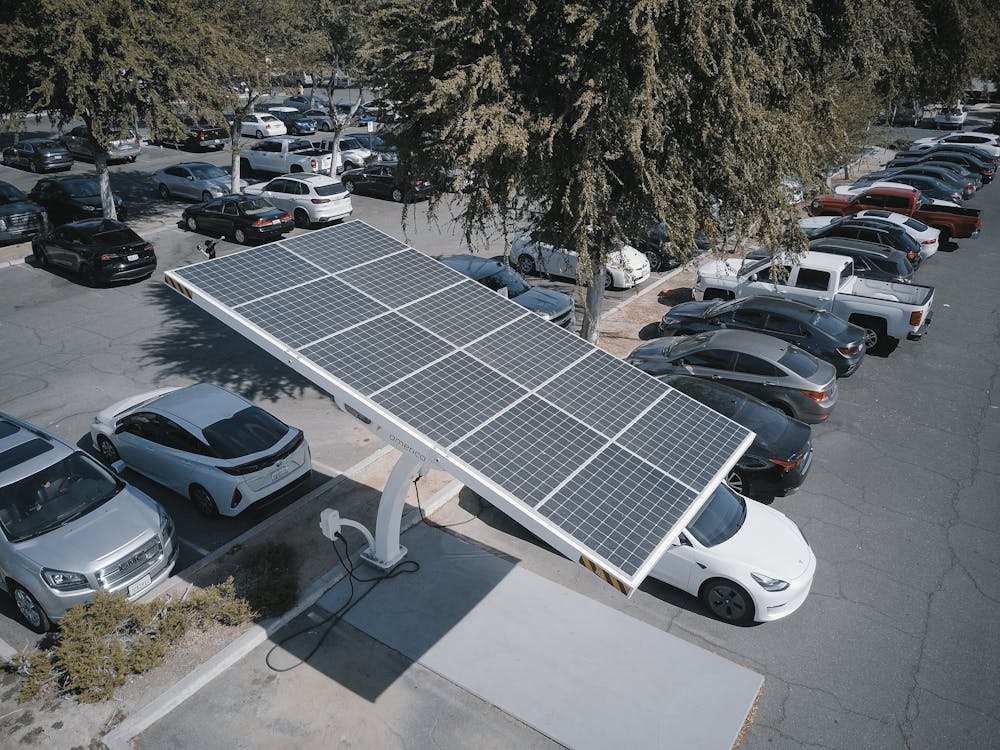
Image Credits: pexels.com
As mentioned above, a Tesla car needs around 8 to 12 solar panels to build an adequate charging station. But how do you know how many panels you need?
For this step, you will need to understand the following:
- How much energy your car needs to charge
- Your solar panel rating
- Inefficiencies
- Amount of direct sunlight the panels will be exposed to
- Car’s daily commute
To break this down, we will continue using our example above, which involves a Tesla Model X. As we saw above, our car has an energy requirement of 54KWh, so we need to ensure our solar panels can generate as much energy to recharge the battery.
Suppose we chose six solar panels with a rating of 250W. Then, we can derate the inefficiencies as mentioned above (75% environmental inefficiencies and 97% solar inverter inefficiencies). In addition, let’s assume our geographical location receives 6 hours of peak sunlight daily.
If we use the parameters above, here is how we would estimate the number of solar panels we need for our car:
First, we would calculate how much power six solar panels generate as follows;
- 250W x 6 panels = 1500W or 1.5KW
Then, we would factor in the inefficiencies as follows;
- 1.5KW x 0.75 (environmental inefficiencies) x 0.97 (inverter inefficiencies) = 1.09KW
- For this calculation, we will round off that value to 1KW
Next, with a tentative estimate of 6 hours of peak sunlight daily, we would find that;
- 6 solar panels (1KW) generate 6KWh daily
Thus, to arrive at our Tesla’s requirement of 54KWh, we would need to use 54 (6 x 9) 250W solar panels
However, our calculation is yet to factor in our car’s mileage. According to statistics, an American commutes less than 30 miles a day. We assume our Tesla Model X will cover 10950 miles a year with this data. In addition, our car is designed to consume 20.8KWh every 62.13 miles.
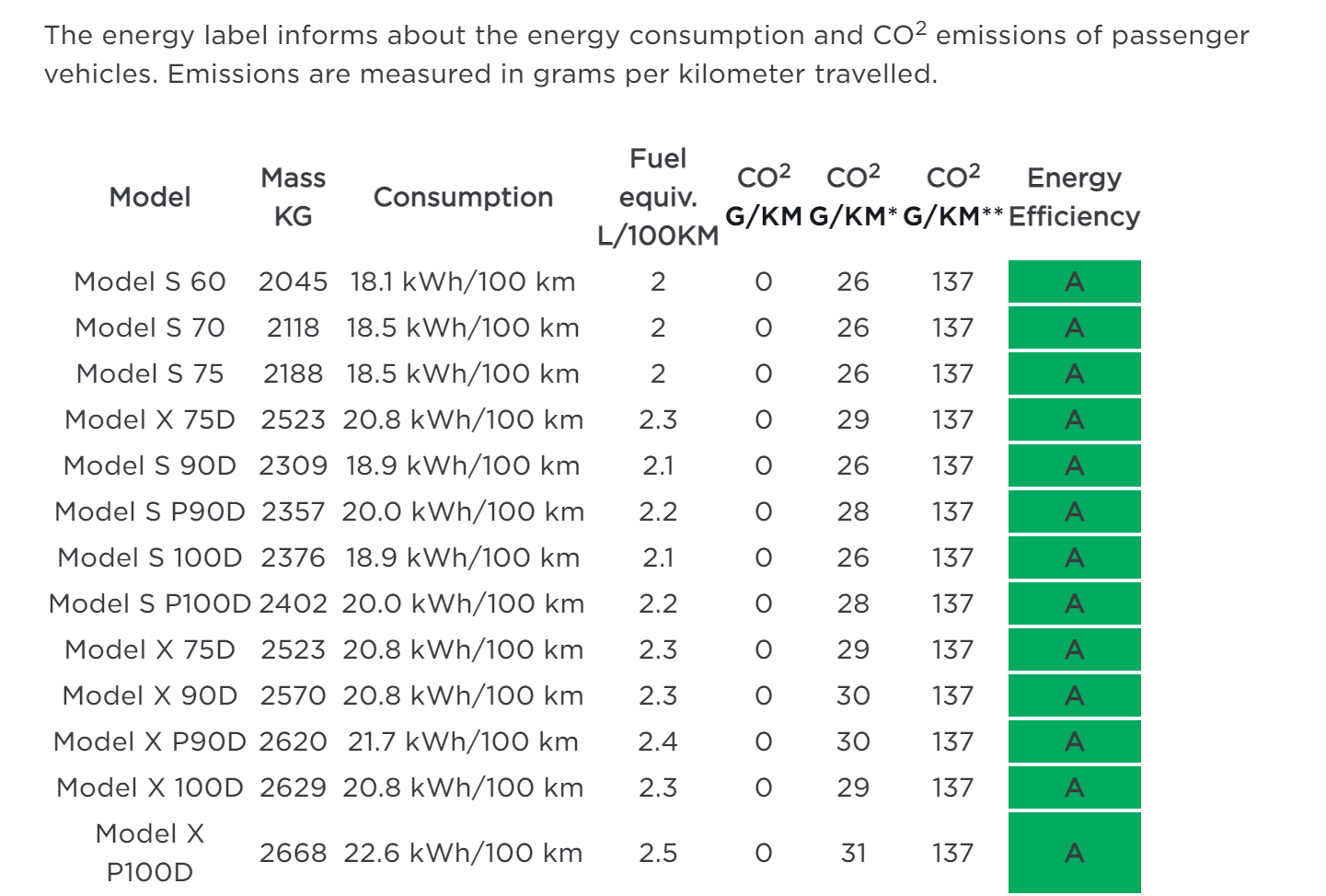
To find out how much power our battery consumes in a day, we will use the following formula;
Tesla Model X Daily Energy consumption (KWh/day) = (20.8KWh/62.13 miles) x (10950miles/365days)
- So, the daily energy consumption for our car is 10KWh
With the 10KWh daily consumption, we can calculate the required DC output using our peak sun exposure which is 6 hours, and derating factors of 0.7 (75% environmental inefficiencies and 97% solar inverter inefficiencies).
So, our car battery would require a solar panel system capable of 2380Wp (watt peak).
- 10KWh/(6 x 0.7) = 2.38KWh = 2380Wp
Now that we know how much power output we need from our solar system, we can calculate the number of solar panels needed as follows:
Since we are using 250W panels;
2380Wp/250W = 9.5 panels. For clarity, we would need 10 (250W) solar panels to charge our Tesla Model X at home.
How Long Does a Tesla Charge With Solar Panels?

Image Credits: pedrartemarmoraria.com
Since you will use a solar inverter, your home charging station will be as perfect as other Tesla stations. So, you can expect your car to charge to a maximum capacity in at least eight hours.

